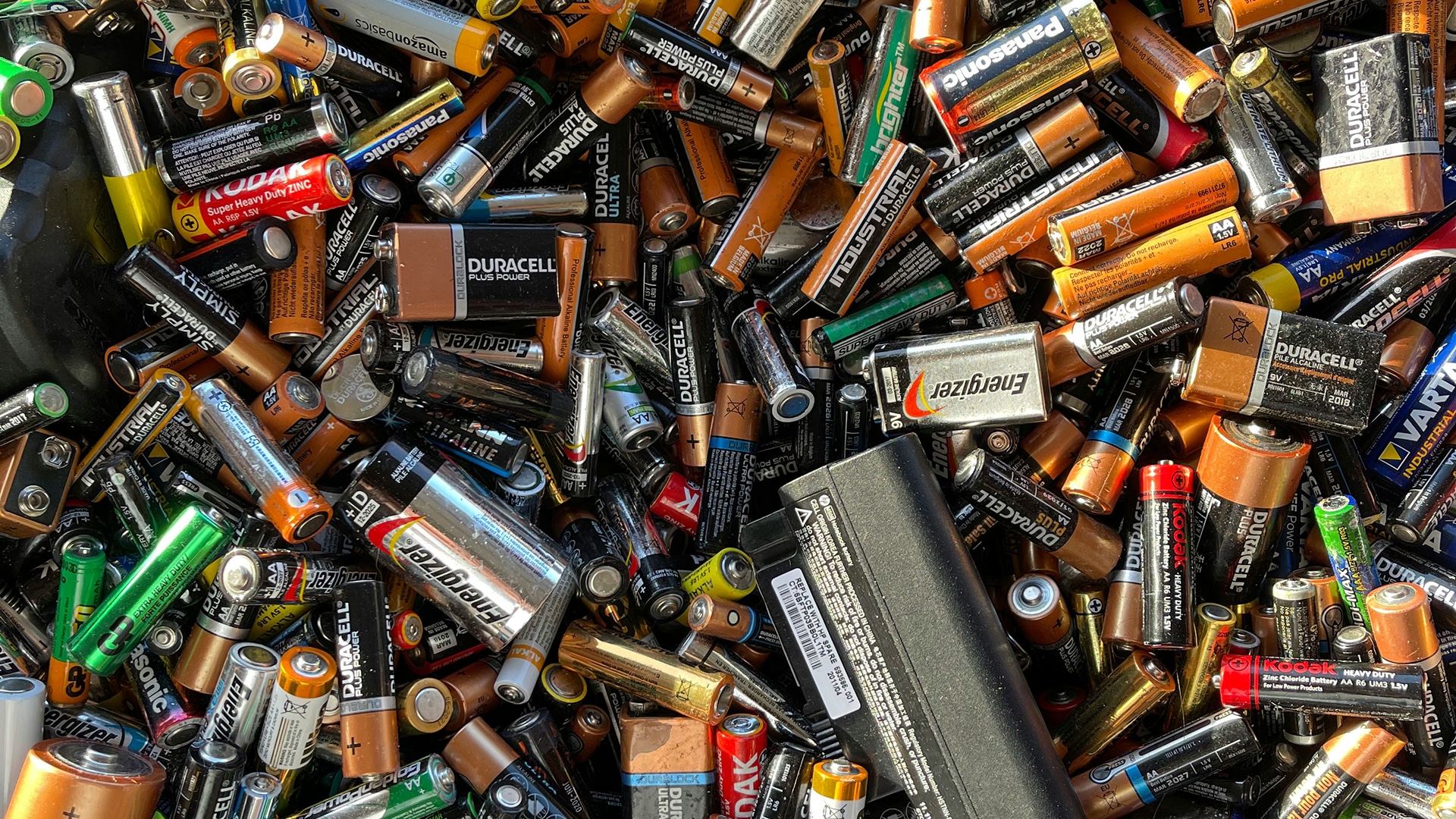Every year, millions of tons of electronic waste are generated around the world… An alarming finding that underlines the urgency of more responsible management of IT components, in particular the cables and electrical wires that crisscross our devices. Faced with this reality, computer recycling is becoming a key issue for the preservation of our environment. The recycling of electrical wires, although less publicized than that of plastics or paper, is an essential component of a sustainable development strategy. It is a technical process, of course, but it is also deeply rooted in an ethical approach: that of reducing the ecological footprint linked to our technological consumption. In this article, we offer you a comprehensive guide to responsible electrical wiring; A journey combining innovative practices and pragmatic advice to navigate towards greener IT.
The current context of computer recycling

The IT sector is growing exponentially (the statistics speak for themselves: constant increase in device sales). At the same time, the average lifespan of equipment is decreasing; The result: an incessant flow of material to be recycled. This phenomenon leads to a rapid accumulation of electronic waste – among them, electrical cables and wires represent a significant part. These components often contain precious metals such as copper, silver or even gold. Recycling them not only makes it possible to recover these scarce resources but also to avoid the pollution associated with their mining. However, the inherent complexity of sorting and specific processing of cables is a major challenge for recycling centers. Existing regulations (including the WEEE Directive in Europe) impose certain obligations on manufacturers and end-users when it comes to managing e-waste. These standards are intended to encourage the curbside recycling and proper recycling of end-of-life computer equipment.
Key steps in recycling electrical wires
The process starts with collection: specialist companies provide collection points where individuals and professionals can drop off their used cables. Once collected, the cables are taken to specialized centers where they will be treated with care. The next phase is sorting; a crucial operation that requires rigour and precision. The cables are separated according to their type and composition – some containing more precious metals than others or being coated with different plastics (PVC, polyethylene, etc.). This step can be carried out manually or through advanced technologies such as optical sorting. Then comes the actual processing: the cables are crushed in order to separate the different components (metal, plastic, etc.). The metal particles are extracted through various processes (magnetization, flotation, etc.) and then melted to form new secondary raw materials. Plastic insulation also undergoes specific recycling to be reintroduced into the industrial cycle.
Innovations and best practices
Innovation plays a pivotal role in constantly improving IT recycling. Ever more sophisticated techniques such as “electrolytic refining” now make it possible to extract metals with almost total purity; thus guaranteeing optimal recycling. Green initiatives are also multiplying within technology companies themselves: take-back programs, sustainable design for recycling, etc. These practices illustrate the idea that environmental responsibility must be integrated from the beginning of a product’s life cycle. In addition, education and awareness-raising remain essential to change individual and collective behaviour. Knowing how and where to recycle your cables is essential – that’s why communication on the appropriate channels (institutional websites, social media, etc.) must be clear and accessible to everyone.
Role of institutional and economic actors
Public authorities have a crucial role to play in the implementation of an effective IT recycling policy. They must ensure strict compliance with environmental legislation while encouraging economic actors (manufacturers, distributors, etc.) to adopt responsible practices through various tax schemes or subsidies. Companies must also take an active part in the movement by integrating the principle of eco-design into their products. They can set up internal systems to collect used equipment directly from consumers or collaborate with organizations specializing in recycling. Finally, we must not neglect the growing influence of the voluntary sector: NGOs; local associations… These entities often play an intermediary role between consumers and professional recyclers, thus effectively contributing to closing the loop of the computer recycling cycle.
Towards a global awareness
To conclude this presentation on responsible electrical wiring , it is necessary to insist on the importance of a global awareness of contemporary environmental challenges. Recycling your cables is not just a technical gesture; Above all, it is affirming its commitment to a more sustainable future where every thread counts… It now belongs to everyone – citizens; enterprises; institutions – to fully integrate this ecological dimension into their daily choices. When we choose wisely what to do with our old cables (“let’s recycle!”), we actively participate in building a digital world that respects our blue planet… Collective action is an undeniable vector for this necessary change; It’s time for everyone to pull their share of the cable to a better future!

